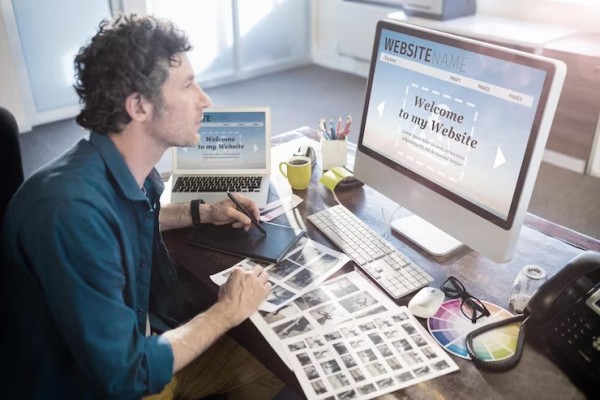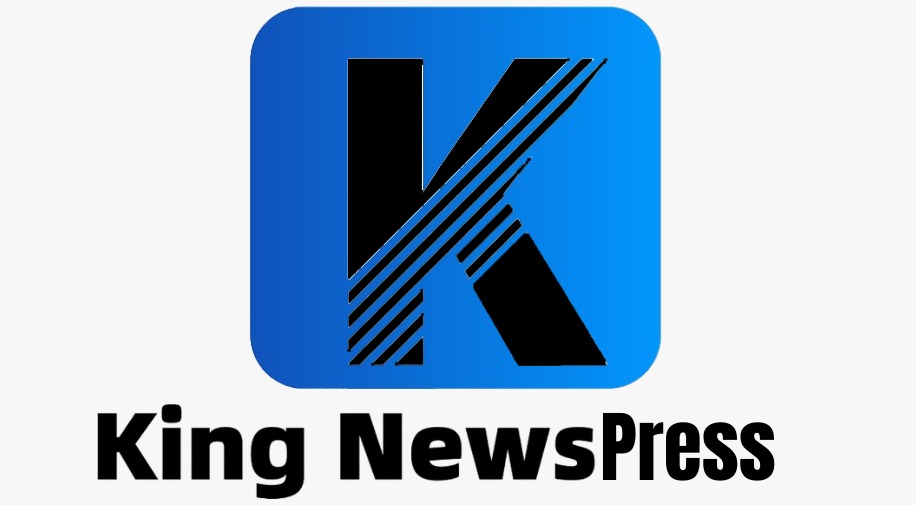Web Designer Trends Shaping Digital Design Today
Today’s digital landscape demands more than just attractive layouts—it calls for thoughtful design that balances aesthetics, functionality, and brand identity. From accessibility enhancements to motion effects, these emerging practices redefine how design professionals craft meaningful and visually engaging online experiences.
Chicago, United States, 5th Nov 2025 – A skilled Web Designer plays a key role in defining how brands communicate visually and digitally. As technology evolves, design trends continue to reshape how users experience the web—from minimalist interfaces to bold typography and immersive visuals. Modern businesses rely on web design to create strong first impressions, improve usability, and strengthen online presence. Understanding these current Web Designer trends helps brands stay competitive and connect better with their audiences. Today’s digital landscape demands more than just attractive layouts—it calls for thoughtful design that balances aesthetics, functionality, and brand identity. From accessibility enhancements to motion effects, these emerging practices redefine how design professionals craft meaningful and visually engaging online experiences.

Minimalism and Clean Aesthetics in Web Design
Modern Web Designer trends emphasize simplicity and focus. Minimalist design highlights the essential elements of a website—clear navigation, balanced whitespace, and strong typography. By reducing visual clutter, designers help users focus on content and key actions, improving engagement and readability. This approach reflects the growing need for seamless user experiences that feel effortless yet sophisticated. Clean aesthetics also boost loading speed and mobile responsiveness, which are vital for user retention and search performance. For businesses, adopting minimalism communicates professionalism, confidence, and clarity. The trend also supports accessibility, as streamlined layouts are easier to navigate for all users. A Web Designer who masters minimalism understands that less can truly be more when it comes to crafting digital experiences.
Motion Graphics and Interactive Elements
A talented Web Designer knows that animation and interaction can bring a website to life. Motion graphics and micro-interactions are now essential tools for guiding user attention and creating engaging experiences. Smooth transitions, hover effects, and dynamic scrolling add personality to pages without overwhelming the viewer. These interactive elements also improve storytelling, allowing brands to communicate emotions and messages more effectively. However, balance is key—too much movement can distract users or slow performance. Successful designers use motion strategically, ensuring it enhances usability rather than disrupts it. This trend not only reflects creativity but also technical precision, as designers combine aesthetics with user psychology. Through thoughtful animation, a Web Designer can transform a static layout into a memorable, immersive journey.
Bold Typography and Visual Hierarchy
Typography has become a defining feature for any Web Designer aiming to make a statement. Bold fonts, dynamic scaling, and creative spacing guide users’ attention while reinforcing brand identity. Designers now use typography not only for readability but also as a visual centerpiece that conveys mood and style. Proper hierarchy ensures that visitors can easily scan and absorb information, improving usability across devices. This trend celebrates expressive yet functional design, where every letter contributes to storytelling. When paired with minimal layouts and contrasting colors, bold typography creates strong visual impact. It helps brands appear confident and memorable in a crowded digital space. For a Web Designer, mastering type hierarchy is crucial to balancing form and function in modern web design.
Dark Mode and Visual Comfort
Dark mode has quickly evolved from a preference to a standard feature embraced by every professional Web Designer. Its popularity stems from providing users with comfort, reducing eye strain, and conserving battery life on devices. Beyond usability, dark themes also offer aesthetic advantages, highlighting visuals, contrasts, and vivid accent colors. Designers use dark mode to convey sophistication and modernity, making websites appear sleek and immersive. It also allows brands to express a unique personality while keeping content legible. Crafting an effective dark mode experience requires attention to color harmony, contrast ratios, and readability. When implemented thoughtfully, it enhances accessibility and usability across screens. As a result, dark mode has become a must-have design option that every Web Designer should master today.
Accessibility and Inclusive Design
An expert Web Designer recognizes the importance of accessibility as a core principle of digital design. Inclusive design ensures that websites are usable by everyone, regardless of ability, age, or device. This means focusing on features such as readable fonts, alt text for images, voice navigation, and proper color contrast. Accessibility goes beyond compliance—it reflects empathy and responsibility in design. Businesses that prioritize inclusivity reach wider audiences and demonstrate strong brand ethics. As accessibility becomes a growing expectation, designers are adopting guidelines like WCAG to meet global standards. A focus on inclusivity also improves overall usability, benefiting all visitors. When a Web Designer integrates accessibility from the start, they not only enhance the user experience but also create a more welcoming and equitable digital space.
Custom Illustrations and Authentic Visuals
The rise of custom illustrations marks a shift toward authenticity, giving brands a unique visual identity. A skilled Web Designer uses hand-drawn elements, organic shapes, and character-driven visuals to tell stories that feel personal and engaging. Unlike stock photos, custom artwork connects emotionally with users and reflects a brand’s individuality. These illustrations also support branding consistency, appearing across websites, social media, and marketing materials. The trend moves away from generic visuals toward artful, meaningful expression. Designers are combining digital painting techniques with vector precision to craft flexible, scalable graphics that enhance user experience. Through custom visuals, a Web Designer can transform an ordinary site into a vibrant, recognizable brand experience that resonates with audiences and stands out online.
Immersive 3D and Augmented Reality Elements
A forward-thinking Web Designer explores 3D visuals and augmented reality (AR) to deliver next-level digital experiences. These technologies make websites more engaging, allowing users to interact with products or environments virtually. From rotating product models to interactive brand storytelling, 3D and AR create realism and excitement that static designs cannot achieve. This trend is especially powerful for e-commerce, architecture, and creative portfolios. Designers balance visual depth with smooth performance to ensure accessibility and functionality. Integrating these advanced features also showcases technical expertise and creativity. When done well, immersive design draws visitors deeper into the content, increasing retention and conversions. For a Web Designer, embracing 3D and AR represents the future of interactive and visually captivating web design.
Sustainable and Eco-Friendly Web Design
Sustainability has become an important principle for every mindful Web Designer. The goal is to build websites that are not only beautiful but also energy-efficient and environmentally conscious. This approach includes optimizing performance, minimizing data load, and choosing green hosting services that reduce carbon emissions. Designers are now aware that the digital world consumes real energy, and small improvements can make a difference. Sustainable web design also aligns with modern brand values, appealing to eco-conscious audiences. By simplifying structures, reusing assets, and prioritizing efficiency, a Web Designer contributes to a cleaner digital environment. This trend blends creativity with responsibility, proving that good design supports both business growth and environmental awareness in the evolving world of digital creation.
Conclusion
The future of web design continues to evolve, blending innovation with purpose to create meaningful online experiences. Whether it’s through bold visuals, interactive layouts, or sustainable design practices, a skilled Web Designer shapes how users connect with brands in the digital world. Keeping pace with these advancements allows businesses to stay relevant, engaging, and influential in an ever-changing online landscape. If you’re ready to strengthen your digital presence with expert design strategies, contact VIS Mountain Marketing & Advertising in Chicago, USA, today at +1 708-669-9666. Let’s build a website that defines your brand’s success and drives lasting growth.

Full business name : VIS Mountain Marketing & Advertising
Full business addressed : Chicago, USA
Contact number: +17086699666
website:https://www.vismountain.com/
Company Details
Organization: VIS Mountain Marketing & Advertising
Contact Person: VIS Mountain Marketing & Advertising
Website: https://www.vismountain.com/
Email: Send Email
Contact Number: +17086699666
Address: Chicago, USA
City: Chicago
Country: United States
Release Id: 05112536562

